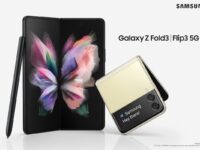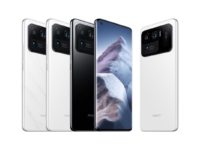With the Sol E730, LG has a new addition in their Optimus range of Android smartphones. It is a bit weird that LG has pushed a new phone in the same price segment as their existing LG Optimus Black that has similar features. The Sol E730 is the first to have an ‘Ultra AMOLED’ display and comes with impressive hardware running Android 2.3.
Design & Construction

In terms of design, the Optimus Sol has the usual look with an all glossy finish on the body. The standard android button of Menu, Home and Back are present on the front bottom and are brightly lit in white. A 3.8-inch display covers the front and towards the top front is the in-ear speaker with the VGA camera adjacent to it. Rear 5MP camera module is present on the top left corner at the back with a single speaker grill is present on the left bottom.
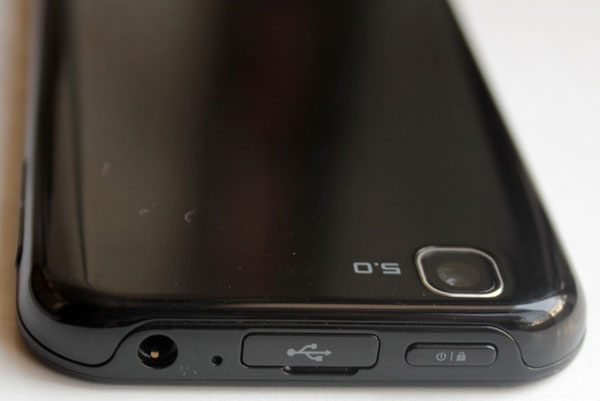
On the top are the 3.5mm audio jack, power/hold button and the microUSB port that is protected from dust with a plastic flap. The volume buttons are present on the left side. Trouble is that the power and volume keys feel a tad bit small for comfortable use, especially if you have large hands.
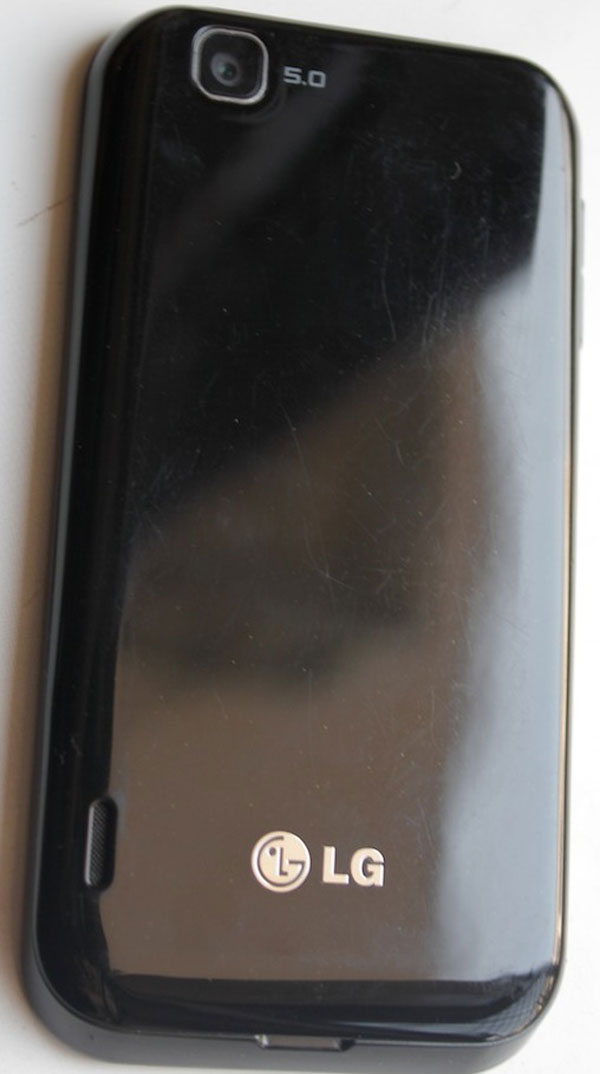
Although, the slim design makes it easy to carry in hand or pockets, the plastic body of the phone does not give it a premium feel or look – a point that might turn a lot of customers away. Also, after just a few days of usage, the back panel had clear visible scratch marks, so a cover is necessary accessory.
Display
One of the biggest strengths of the Optimus Sol is its Ultra AMOLED display. LG claims that the new display technology provides better view ability under sunlight as it has a ‘two fold advanced reflection rate’. Living up to the claim, the phone’s display did prove to be better to use under direct sunlight. Other than that, the screen offered top-notch black levels with vibrant colors – watching videos was fantastic as the phone’s black levels provided for a seamless viewing experience and almost felt like there was no bezel surround the phone in a dim lit room.
The 400 x 800 pixel resolution on the 3.8-inch screen gave sharp output across common usage scenarios – videos, browsing and games. Reading texts in messages/mail or on various websites in the browser was great thanks to the superior contrast and sharp fonts. As a capacitive display, the phone responded perfectly to the slightest of touch and did not pose any problems from the perspective of the touchscreen at least.
Comparing it to Samsung’s Super AMOLED display technology, we did feel that the Ultra AMOLED was better than the Super AMOLED display on most devices, but falls just slightly short of the Super AMOLED plus display on the Galaxy SII.
Hardware
A 1Ghz Qualcomm Snapdragon processor powers the phone along with 512MB RAM. In terms of storage, the phone comes with 1GB on board storage and uses microSD card for expandable storage (up to 32GB cards supported). For Wireless connectivity it comes with 3G, Wi-Fi and Bluetooth. It also has Wi-Fi Direct and comes with a Wi-Fi cast app that allows sharing of images, videos and music files with other Wi-Fi Direct devices. At the front is a VGA camera whereas the rear camera is a 5MP shooter. The phone has a 1500mAh battery and weighs a mere 110g.
Software
The phone runs Android 2.3 with LG’s Optimus UI 2.0 – similar to what you get on the LG Optimus Black and the Optimus net. The home screen of the phone has a row with four icons at the bottom. One of the icons launches the application menu and hence cannot be changed, whereas the remaining three icons can be changed. A simple pinch gesture on the home screen allows the user to add, delete or to set the order of the various home panels. There can be a maximum of 7 panels that can be configured. When adding widgets or icons in any of the panels, the display is divided into a grid of 4 x 4 that makes it easy to place them properly.
In the app menu a pinch action closes the categories and shows all the apps in a single page. The layout of the icons can be changed to show in category, page view or list view. By default, the application menu shows two categories – all application and downloads, more can be added if needed by the user. The bottom row of icons remains the same in the home screen as well as the apps screen.
LG preloads the phone with various apps – Polaris office for documents editing, Richnote for notes taking and Smartshare for DLNA sharing. LG also provides a Smart World app that is LG’s own app store and a Remote call app that allows a LG representative to remotely diagnose and support the phone by controlling it remotely after you have lodged a complaint– very useful as it saves a visit to the service center for minor issues.
The notification drop down bar also has custom touch and allows controlling of sound, Wi-Fi, Bluetooth, GPS and network data with one touch. Moreover, it also has a mini music player to start music playback from there itself.
It also comes with Gesture control that has been present in most LG smartphones. It allows you to control various functions of the phone such as muting ringtone, snoozing an alarm, navigating picture in the gallery and controlling the playback in the video player by dong some gestures. Using gestures made the phone easy to use and providing quick control over commonly used apps.
In terms of usage, although at first the phone zipped along in terms of navigation, app launch and multi-tasking, we did note a sluggishness come-in as more and more apps were installed on the phone – clearly not something that a user wants.
Multimedia
As a multimedia device, the phone is impressive but has its share of quirks. The image gallery uses the stock android style and shows images inside respective folders – opening each folder shows thumbnails of the photographs. Once again, thanks to the Ultra AMOLED display, the images look fantastic on the phone.
The music player displays songs sorted by name, album, artists or as playlists. You can create your own playlist from within the app also. When playing a song, it shows the album art as well as controls for playback. The playback controls are available even on the lock screen of the phone, which is a nice addition. Unfortunately, there was no equalizer setting anywhere to adjust the music output.
The video player performs great and watching movies on the phone is a great experience thanks to the beautiful display. It works with most common video formats and even played a 720p HD file without any issue.
As good as the sound output was in the headphones, it was equally worse from the loudspeaker – be it voice calls or music playback. The volume level of the loudspeaker was terribly low and even at maximum volume the output was barely audible. That said,
Camera
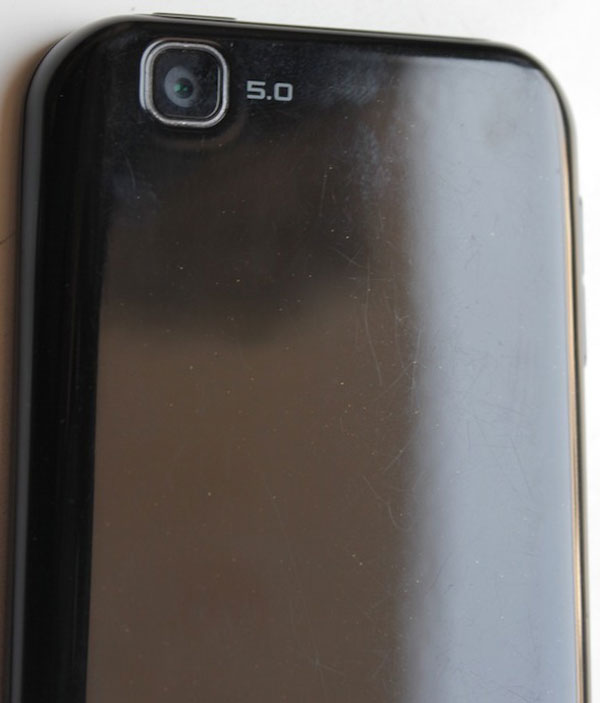
The 5MP camera on the rear is auto focus and comes with six shoot modes – Auto, Portrait, Landscape, Sports, night and sunset. It even allows setting of exposure, ISO, white balance and also has Geo-tagging and face detection – both of which work very well.
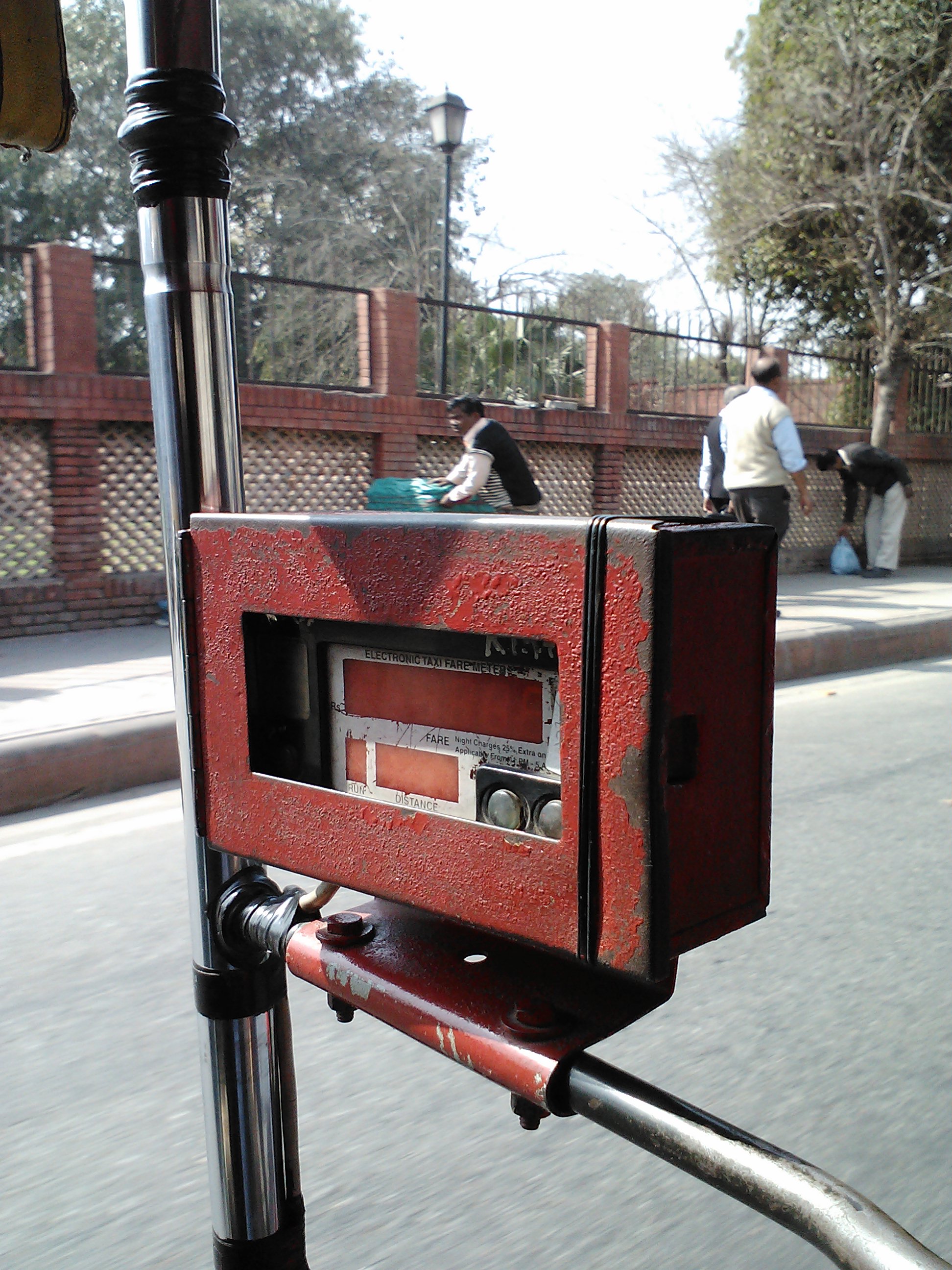
Camera Sample in Daylight
The resulting image quality of pictures shot in daytime is good and even indoors under false lighting it took pictures good enough for sharing online.

Camera Sample under Artificial Light
However, in in low light conditions, the images turned full of noise even at high ISO. The lack of any sort of flash on the phone is a downer, especially at its asking price point.
The front VGA camera performance is similar – sharp images in daytime and noisy in night. The front camera is also capable of recording videos in 640 x 480 pixel resolution and that too in above average quality.
Video recording is done at 720P HD resolution in MP4 format and the output quality is more or less similar to still images – good quality output when shot in ample lighting, but in low light conditions, full of noise. Use of MP4 format ensures that the stored videos are no too large in size.
Battery
The phone lasted close to one and half day with brightness set to 50% and data connection continuously active. One of the main reasons for the battery life would be the Ultra AMOLED touchscreen that LG claims consumes less battery than normal displays. Moreover, the phone’s processor speed automatically kept shifting up and down as and when required by running apps, leading to less battery consumption when idle – a feature used commonly with smartphone’s now a days.
Conclusion
As much as the LG Optimus Sol scores with its gorgeous display, good out of the box experience and decent multimedia capabilities, it looses out due to its glossy plastic construction, lack of a camera flash and mixed performance. At Rs 19,000, the Sol E730 feels a bit overpriced. Online stores already have it selling at around Rs 17,000, which makes it a good proposition considering its feature set.
If you do not like the plastic construction and want an LED flash with the camera, we suggest that you take a look at the Sony Ericsson Xperia Neo V that sells at around the same MOP and comes with similar internal hardware specifications. It has a slightly better 5MP camera with an LED flash and overall better build quality, however its display does not stand up to the Ultra AMOLED on the LG. If you are looking to spend a bit more, then opt for the Samsung Galaxy S Plus that has a 4-inch Super AMOLED display, 1.4Ghz processor and 8GB storage, though even it lacks a flash with its 5MP camera.

